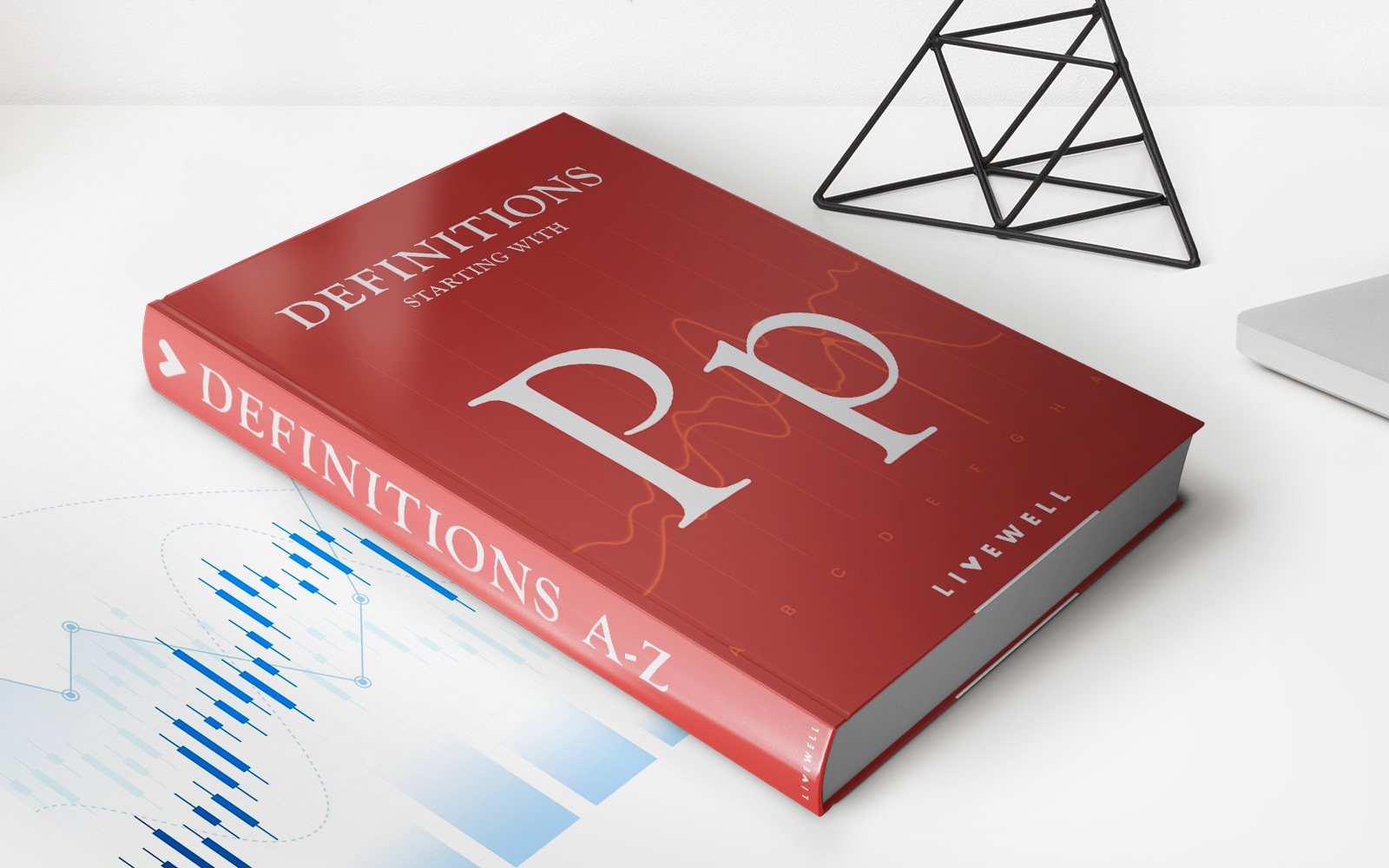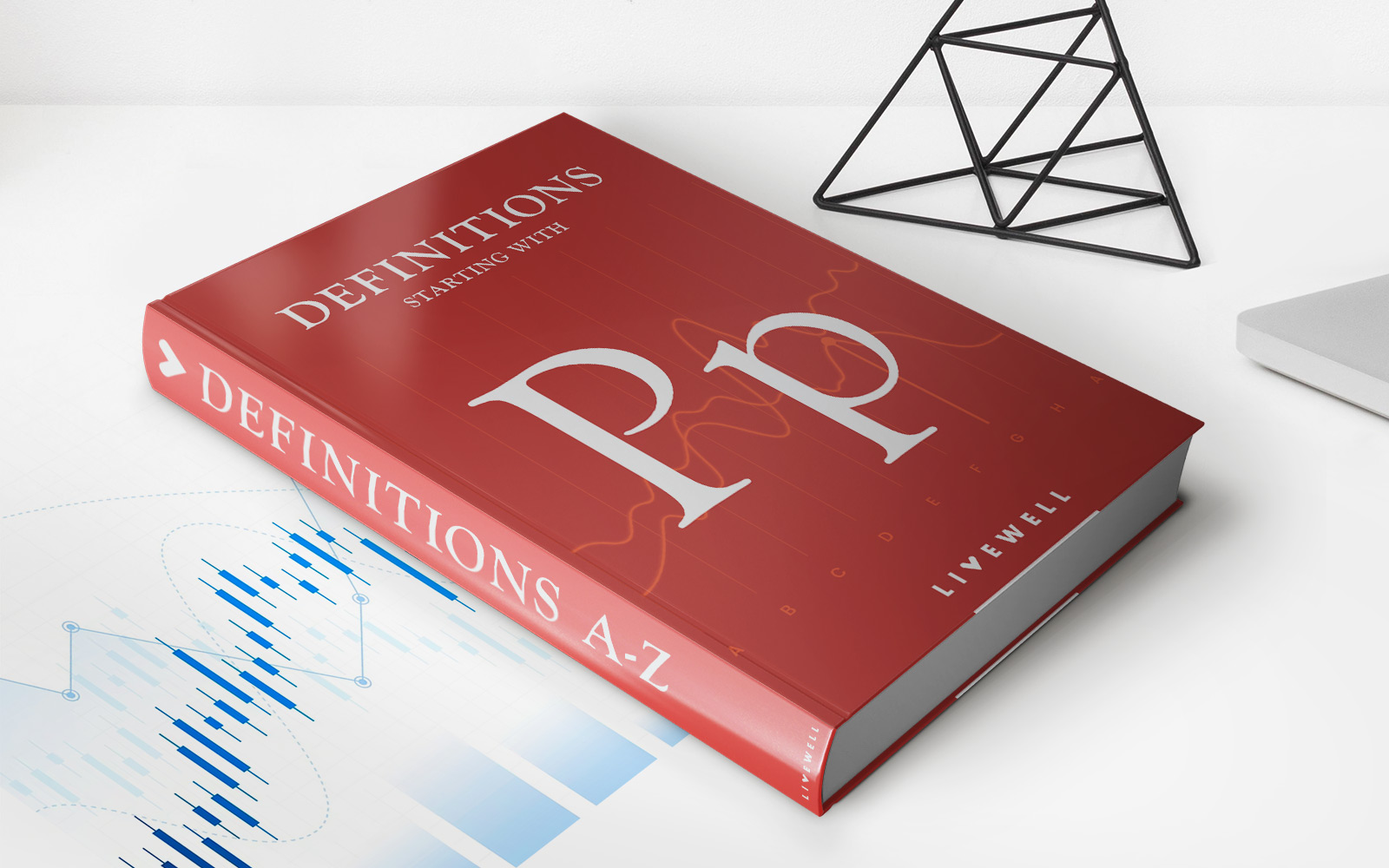Home>Finance>Portfolio Management: Definition, Types, And Strategies


Finance
Portfolio Management: Definition, Types, And Strategies
Published: January 9, 2024
Learn about portfolio management in finance, including its definition, types, and strategies. Gain valuable insights into effectively managing your investment portfolio.
(Many of the links in this article redirect to a specific reviewed product. Your purchase of these products through affiliate links helps to generate commission for LiveWell, at no extra cost. Learn more)
Portfolio Management: Definition, Types, and Strategies
Are you looking to optimize your investment returns and minimize risk? If so, portfolio management is a crucial aspect of your financial planning. In this blog post, we will delve into the definition of portfolio management, explore its different types, and discuss some effective strategies that can help you achieve your financial goals. So, let’s get started!
Key Takeaways:
- Portfolio management involves managing an individual’s or an organization’s investment portfolio to maximize returns while minimizing risk.
- Types of portfolio management include active management, passive management, and hybrid management.
What is Portfolio Management?
Portfolio management is the process of making decisions about investment mix, asset allocation, and balancing risk versus performance. The goal is to optimize the return on investment (ROI) while minimizing the risks associated with investments. It involves analyzing the investor’s financial goals, market conditions, and risk tolerance to determine the most suitable investment strategies.
Types of Portfolio Management
There are three main types of portfolio management:
- Active Management: In active portfolio management, investment managers actively buy and sell securities based on their research and market analysis. They aim to outperform the market and generate higher returns. This approach requires continuous monitoring and regular reallocation of assets to seize market opportunities.
- Passive Management: Passive portfolio management, also known as index investing, involves replicating a specific market index (e.g., S&P 500) through low-cost investment vehicles such as index funds or exchange-traded funds (ETFs). The goal is to match the market’s performance rather than beat it.
- Hybrid Management: Hybrid portfolio management combines elements of both active and passive management. Investment managers use a mix of active and passive strategies to achieve a balance between risk and reward. They may combine actively managed funds with passive index funds or ETFs, depending on market conditions and investor objectives.
Effective Portfolio Management Strategies
Now that we’ve covered the types of portfolio management, let’s explore some effective strategies that can enhance your investment returns:
- Diversification: Diversifying your investment portfolio is key to mitigating risk. By spreading your investments across different asset classes, industries, and geographical regions, you reduce the impact of any one investment’s performance on your overall portfolio.
- Asset Allocation: Determining the right asset allocation is crucial for portfolio management. You need to balance your investments based on your risk tolerance, investment goals, and time horizon. Allocating assets among stocks, bonds, cash, and other investment vehicles can help optimize returns while managing risk.
- Regular Monitoring and Rebalancing: Markets and investment performances fluctuate over time. Regularly monitoring your portfolio’s performance and rebalancing it by buying or selling assets can help you maintain your desired asset allocation and adjust to changing market conditions.
- Investment Research: Conduct thorough research before making investment decisions. Stay informed about market trends, economic indicators, and industry developments. This knowledge will empower you to make more informed investment choices and potentially outperform the market.
- Risk Management: Implement risk management strategies, such as setting stop-loss orders or using options, to protect your portfolio from significant downturns. Managing risk is essential for preserving your capital and achieving long-term financial goals.
Portfolio management is a dynamic and ongoing process. It requires diligent analysis, disciplined decision-making, and careful execution. By understanding the different types of portfolio management and implementing effective strategies, you can optimize your investment returns and navigate through the ever-changing financial landscape.
Whether you choose active, passive, or hybrid portfolio management, the key is to align your investment strategy with your financial goals and risk tolerance. Seek the guidance of a financial advisor or portfolio manager to design a personalized portfolio management approach tailored to your specific needs.
Remember, successful portfolio management is not solely about timing the market or chasing quick gains. It’s about building a diversified and well-balanced portfolio, monitoring performance, and adjusting strategies as necessary. By doing so, you can increase your chances of achieving long-term financial success.
Would you like to learn more about portfolio management and investment strategies? Stay tuned for more informative articles on our Finance page!














